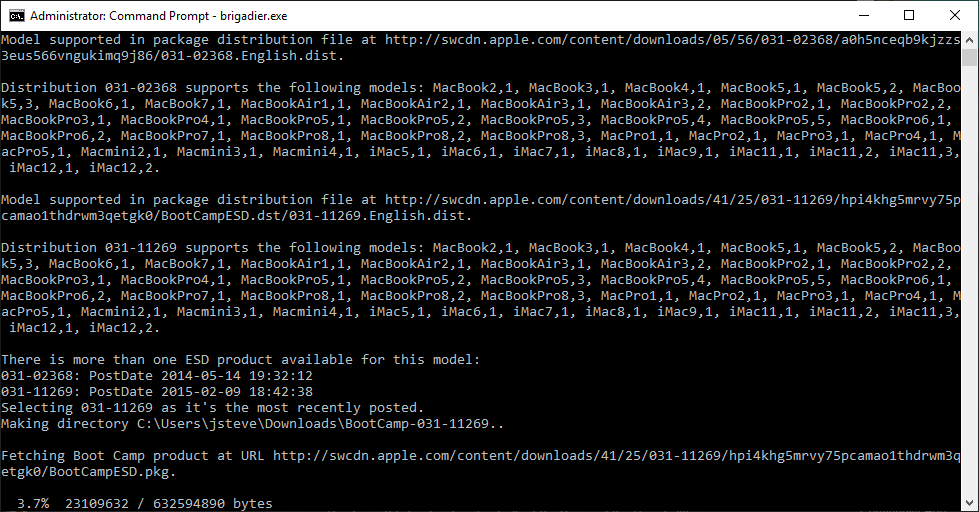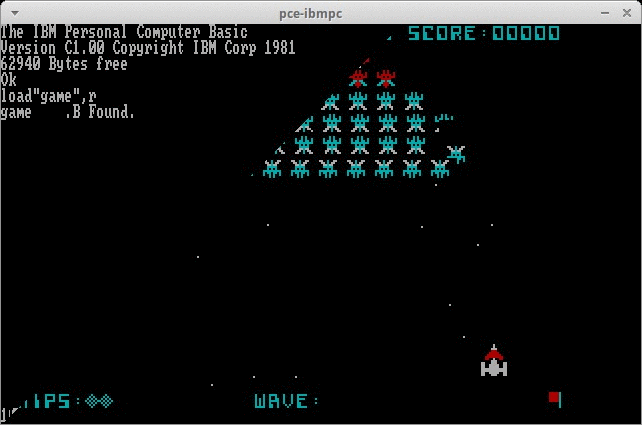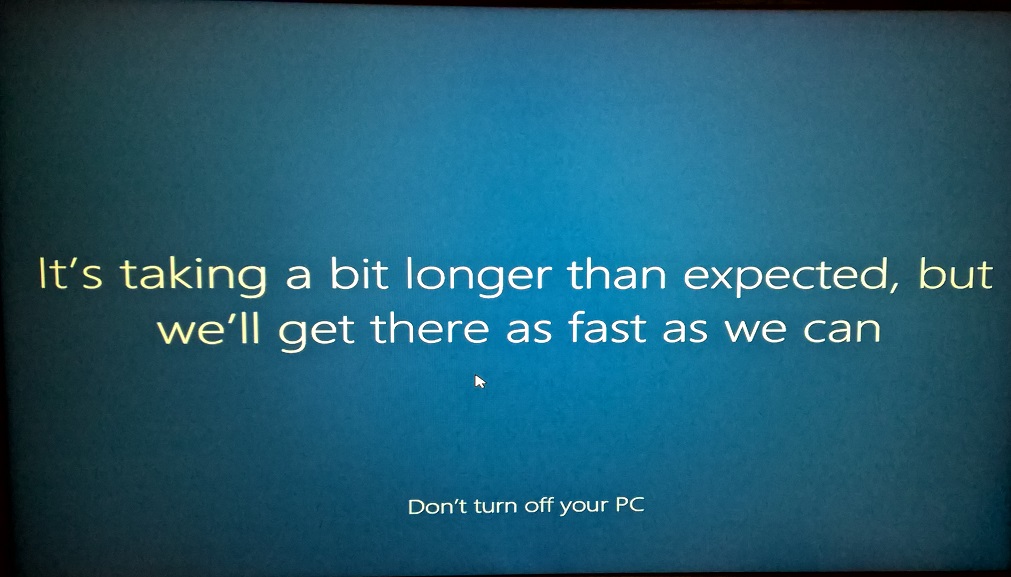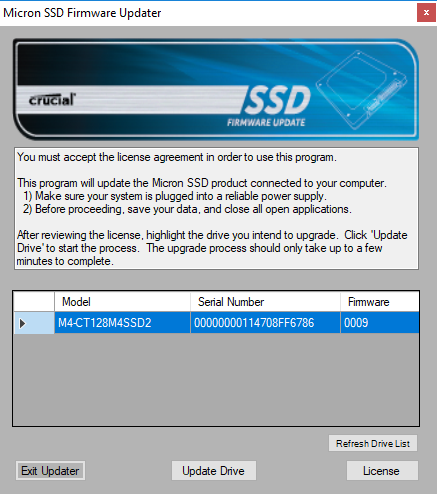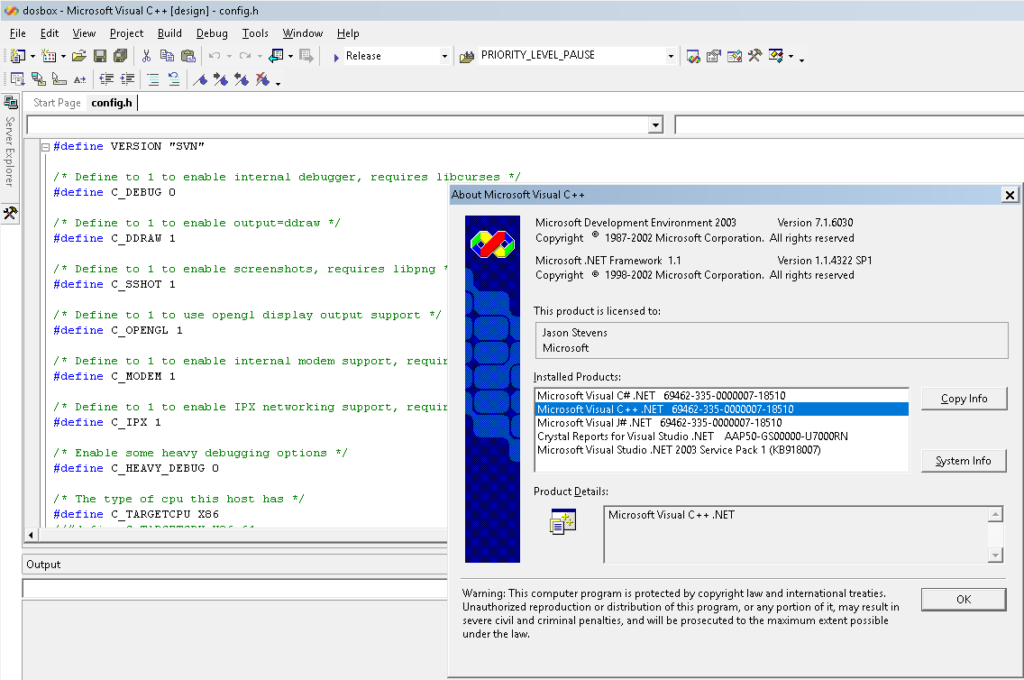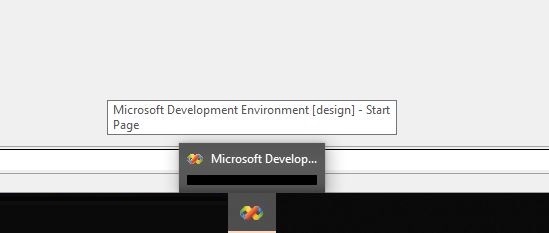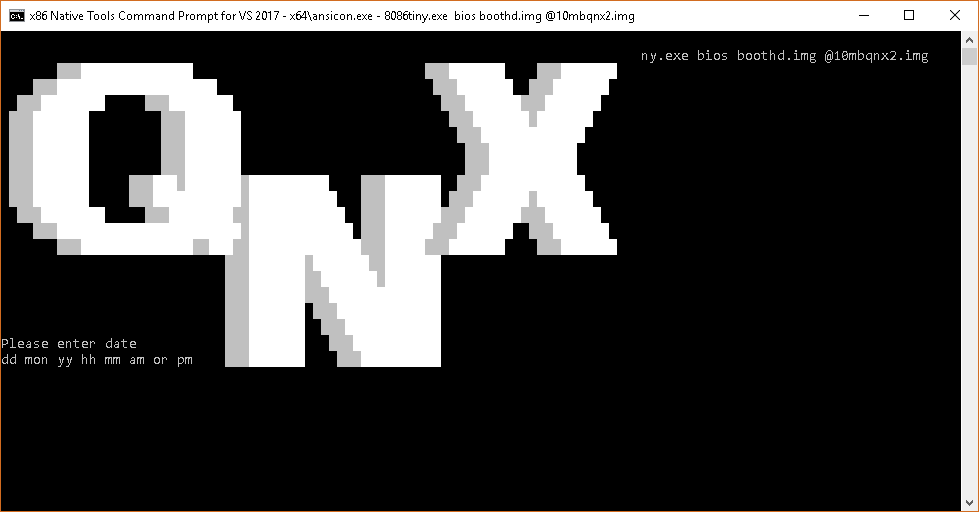Well this sucks. OSnews has been around for a long long time, and like other long in the tooth sites (slashdot sourceforge etc) things tend to stagnate, and then eventually get exploited.
To be perfectly honest, when contemplating what needed to be done to properly move the site to a new platform, I considered just throwing in the towel and going offline permanently. Revenues from advertising don’t cover expenses, and though this could probably be rectified by exploring more creative sponsorship approaches, I don’t have the time.
I can totally relate to this kind of thing. Once you’ve been doing something for over 10 years, and like me, doing it kinda poorly there becomes a demotivational wall. One thing that keeps me going however is the user comments. Granted any time there is a popular blip I can easily get 30k+ visitors in a day, but absolutely zero engagement. It’s the long term stuff however that actually gets the engagement, along with so many thanks for either spelling things out, or pointing people in the right direction for their projects or work.
The one thing that I think has artificially killed OSnews is that they had limited comments to articles for 2-3 days which I can tell you with some articles garnering over 100k hits is that the torrential storm of interest, and eventual comments and engagement comes later. Sometimes YEARS after the fact (The Opus #1 cisco hold music has garnered a TONNE of hits, follow up articles and a stereo re-release!. All of which started well over a year from publishing).
One thing I lament is that the auto-moderator ends up killing legit comments from time to time, but the amount of SPAM I get is unreal. I have over 1,000 from the start of this year to give an example of the volume. It’s a shame. As much as I’d like to be more like reddit or something more cultivated, I’d need humans working 24x7x365 in shifts to guard and watch the site, and I know I don’t have the funding for that, nor is anyone insane enough to do it for free, so enter the bots.
So yeah… Old sites end up drifting in and out of popularity as the years go by, especially if they don’t magically explode in popularity. News at 11 so they say.
Oh and update your passwords, if you haven’t done so already.


